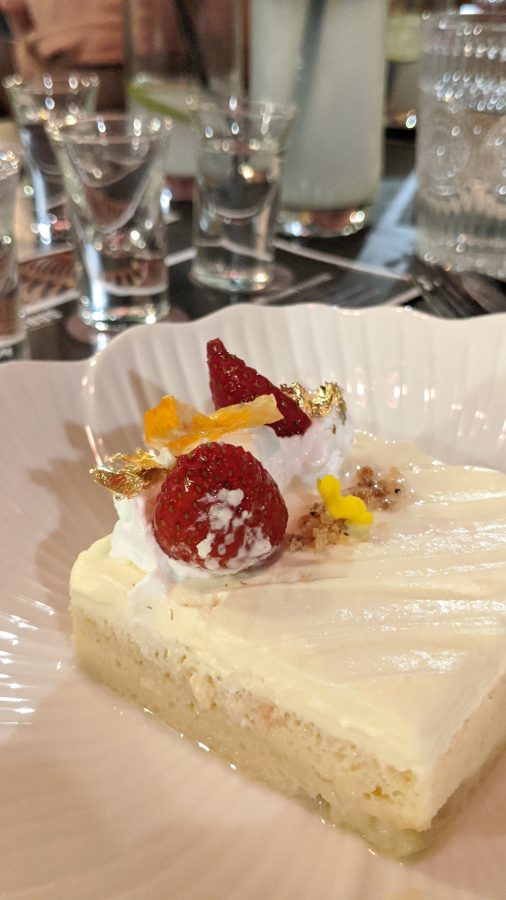The Return of a Legend: Chalet Is Back for a Limited Pop-Up Run at EQ
July 26th, 2024
We all know about wine-paired meals, but it’s always nice to step outside the box and mix things up a bit. As connoisseur of fine spirits and food pairings, we find it refreshing to come across an event that dabbles in this, such as a recent one which placed a singular spotlight on mezcal, a fascinating spirit which we think might just be the next ‘hot’ thing for those who appreciate a good, and well-crafted drink. This terrific pairing coincided with the launch of Montelobos mezcal at the curiously named Undisclosed Location (check out their Instagram HERE), a charming restaurant in PJ SS4, which happily boasts a comprehensive selection of this spirited delight.
Mezcal, which you can think of as tequila’s lesser-known but more intriguing cousin, is a distinct Mexican spirit in its own right. What sets mezcal apart? Simply put, it’s the agave, an extraordinary plant with deep roots in Mexico’s history and culture. Unlike most spirits, which rely on annual crops like grains, grapes, or fruits, the agave plant takes a minimum of four, often up to 10 years to mature, and once harvested, it must be replanted, starting the lengthy growth cycle anew. This unique, time-intensive process makes mezcal a labor of love, adding to its cultural and historical significance. Its growth and reproduction methods are distinct, making it an exceptional and unparalleled spirit with strong ties to tradition.
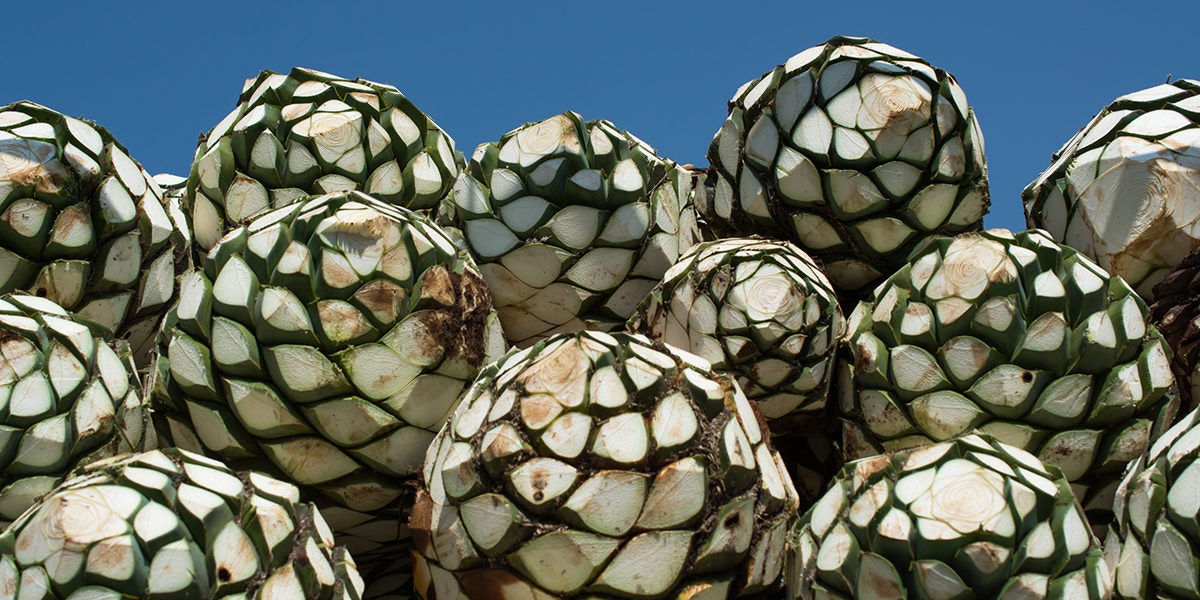
Mezcals are distinguished by the type of agave they contain and their place of origin. Oaxaca, the primary producer of mezcal, primarily uses the espadín agave variety. (Remember that word, as you’ll see it again!) While Oaxacan espadín is quite common, you can also find mezcals from Oaxaca crafted from a range of other agaves like tobala, arroqueño, and madrecuishe, each offering unique flavors. Other states, such as Michoacán and Guerrero, focus on the cupreata agave. Durango, another mezcal-producing state, features bottles primarily made from the duranguese agave. Moreover, this complexity deepens with additional names for mezcals from specific regions, each with its Denominación de Origen (DO) or Denominación de Origen Protegida (DOP). For instance, Raicilla, produced in Jalisco, sits outside the Mezcal DO. It stands apart from tequila DO too, as it uses different agave varieties than the blue agave. Then, there’s Bacanora, originating from Sonora, Mexico. The deeper you dive, the more you learn – and the more fascinating mezcal becomes. Truly, this is a completely distinct spirit to tequila!
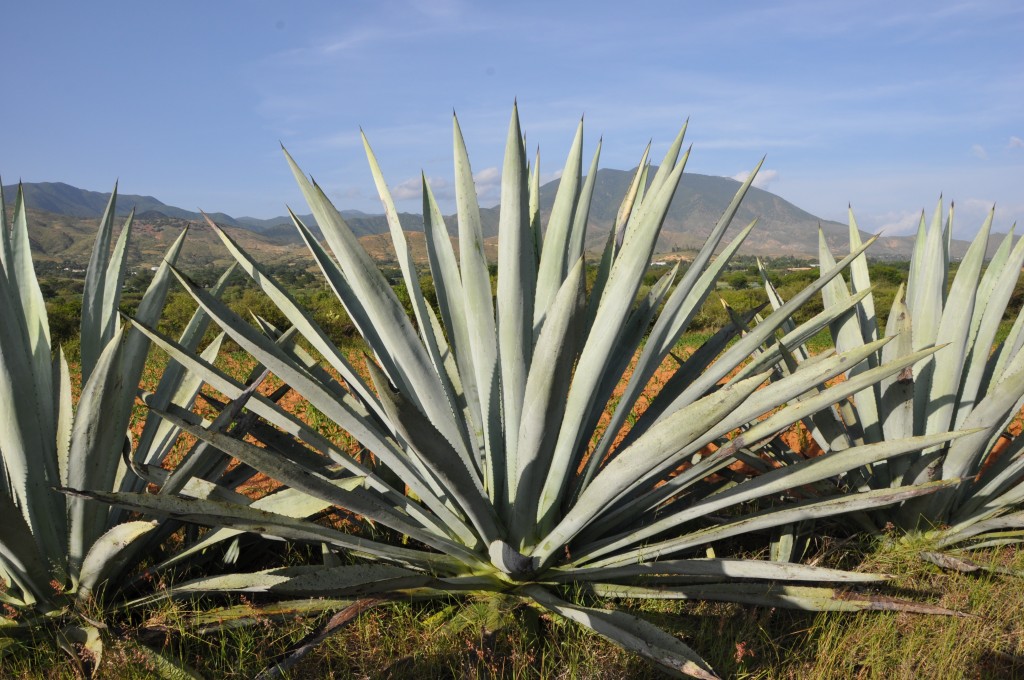
While both are derived from the agave plant, the key difference lies in their production processes and some of the regulations governing their distillation. Mezcal enjoys a more artisanal and traditional approach. As noted, in addition to being produced in broader-ranging regions of Mexico, mezcal sees the agave hearts roasted in underground pits, imparting a smoky depth. Additionally, mezcal can be crafted from various agave species, allowing for a compelling array of flavours. Tequila, conversely, predominantly hails from the blue Weber agave species, and is typically baked in above-ground ovens. Tequila production adheres to more rigid regulations, including strict limitations on where it can be made, and where the agave plants can be grown. The relaxed regulations and distinctive production methods grant mezcal the versatility to explore a broader spectrum of flavors, making it an ideal partner for diverse food pairings.
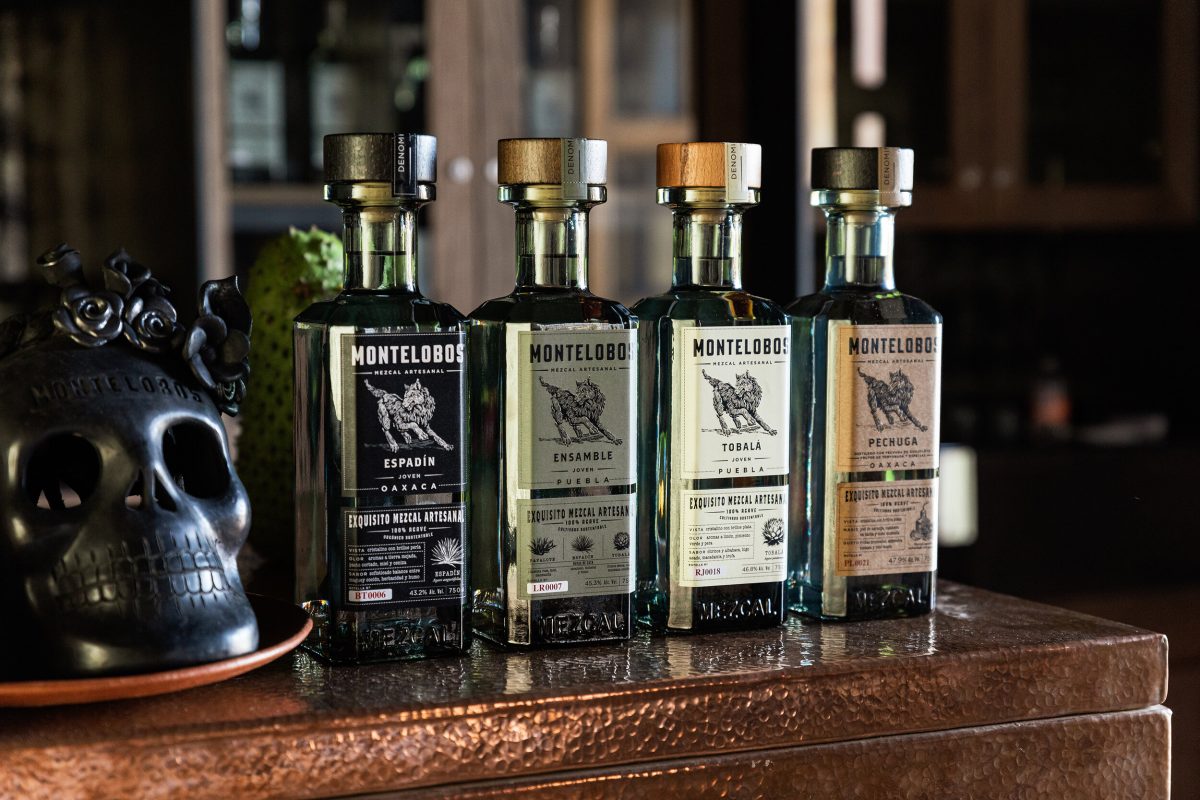
After we took our seats, our culinary journey commenced with Montelobos’ core Espadín expression. This particular joven mezcal, which is derived from organically grown agave, stands out as an excellent choice for newcomers to the category. The word joven refers to the class of mezcal and describes its post-distillation treatment – in this case, unaged, receiving no additional treatment following distillation. Despite its youth, the Espadín is not brash. The spirit exudes a somewhat gentle demeanor, making it an approachable entry point for those less familiar with mezcal’s charms. The key here is balance, as it avoids being overly smoky or overly herbaceous. Though this expression may not have been quite fierce enough to stand up to the accompanying and very flavourful Smoked Baby Octopus Som Tam, we found the pairing nevertheless an intriguing one, and quickly found plenty of favour with the Espadín, which is bottled at a healthy 43.2% ABV.
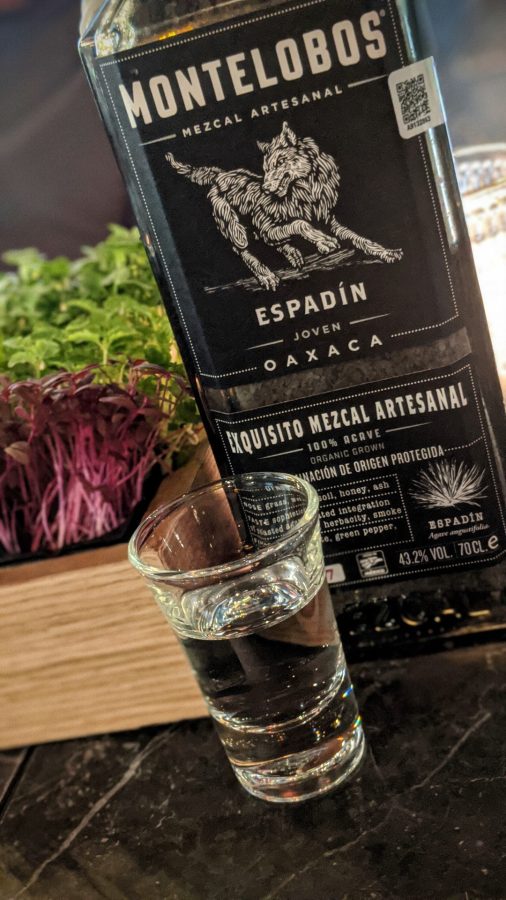
Up next was the Ensamble Mezcal, a treat for the true enthusiasts. Comprising a trio of agaves as you might have surmised from the name (Spanish for ‘ensemble’) – Espadín, Tobala, and Papalote – this Montelobos variant ventures into more complex territory. Here, the spectrum of agave flavours broadens, with a noticeable increase in smokiness and herbaceousness. Hints of citrus peels grace the nose and palate, creating a delightful experience all around. The citrusy, peppery finish beautifully complemented the Melaka Asam Fish and Chili Lime Prawn with Mango Salsa tacos that accompanied it. The Ensamble comes in at a slightly higher 45.3% ABV, too.
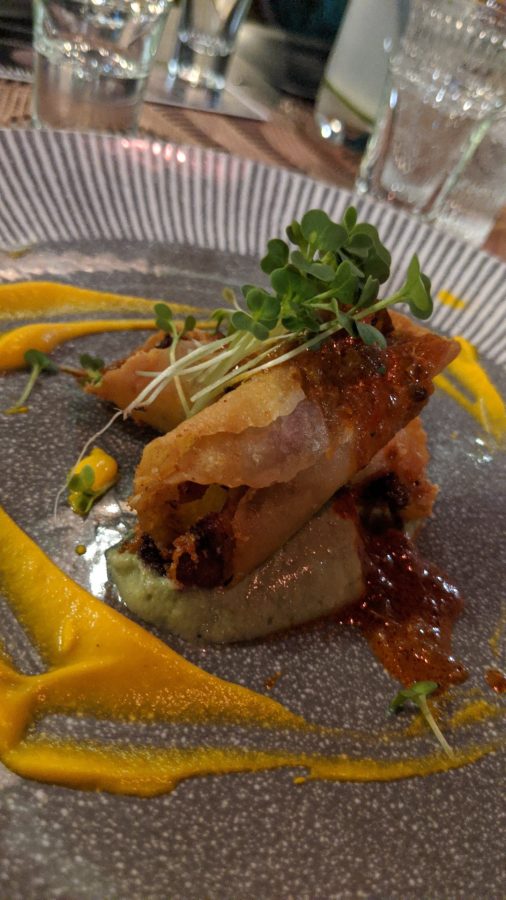
The third Montelobos was the Tobalá, which emerged as a favourite for several at our table, largely owing to its complexity and versatility. With a clean and crisp nose adorned with distinct layers of smoke and herbaceous notes, it delivered a level of balance that left a very nice impression. Tasting notes include such intriguing mentions as roasted macadamia nuts, figs, basil, and even hints of truffle. During this stage of the pairing, the focus shifted to the main dishes, among which the Grilled Ribeye Fajitas on Spicy Kimchi Fried Rice & Avocado shone brilliantly. We were very impressed with the quality of food at Undisclosed Location, and it was about at this point of the pairing meal that we knew we’d need to come back to do a full, proper review of this gem of a restaurant! Tobalá is bottled at 46.8% ABV, creeping even higher up the scale – another contrast to tequila, which is seldom bottled at strengths above 40%.
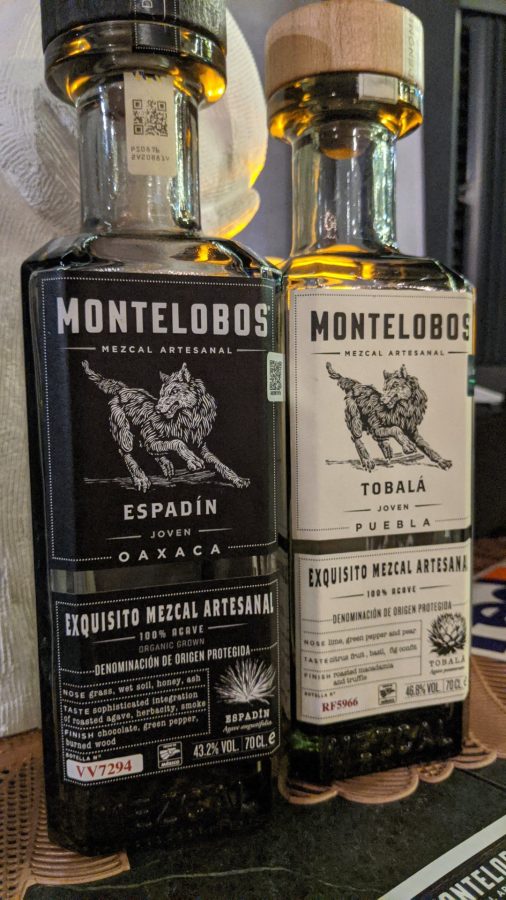
The Tobalá mezcal further revealed its pairing bona fides in the realm of mixology, as well. When crafted into an Oaxacan Negroni, it very nicely counterbalanced the bitter notes of Campari and sweetness of the vermouth with its clean citrus notes and smoothly smoky undertones. Certainly distinct from a typical gin-based negroni, the Tobalá’s complexity enhanced the overall appreciation of the cocktail – though admittedly more so by some of our dining partners who appreciate the typical flavour notes of Campari and love a good Negroni. (If this is you, simply mix 30ml each of Tobalá, Campari, and Cinzano Rosso – or your favourite sweet vermouth – over ice.)
Finally we were introduced to the Pechuga, an intriguing and certainly unorthodox creation involving a double distillation of Espadín that’s distilled a third time with turkey breast – and yes, you read that correctly. The word pechuga in Spanish literally means ‘breast,’ generally of the poultry variety. This ‘turkey infusion’ process bestows the mezcal with an added layer of unusual depth, particularly in terms of faint smokiness and savoury qualities. A sweet and salty interplay unfolded on the palate, with the Espadín base harmonising quite interestingly with the umami-like nuances of the turkey infusion.
Pairing the Pechuga with Thai Mango Sticky Rice and Mezcal Coconut Cream raised an eyebrow or two, but this unusual union revealed an interesting contrast. The savoury essence from the mezcal seemed to complement the dish’s unique sweetness in a manner both unexpected and delightful. On the whole, however, we felt that perhaps the Espadín (without the turkey) would have worked equally as well, if not a little more so. A special note – outside of the pairing menu, the restaurant also served us Trés Leches, a classic Mexican cake whose name simply means ‘three milks,’ as the light sponge cake is soaked in three different milks, namely condensed, evaporated, and whole milk. Topped with fresh whipped cream and fruits, it was jaw-droppingly good and cemented our desire to return to this delightful restaurant to enjoy more of its culinary offerings… and, of course, a bit more of these wonderful Montelobos mezcals.
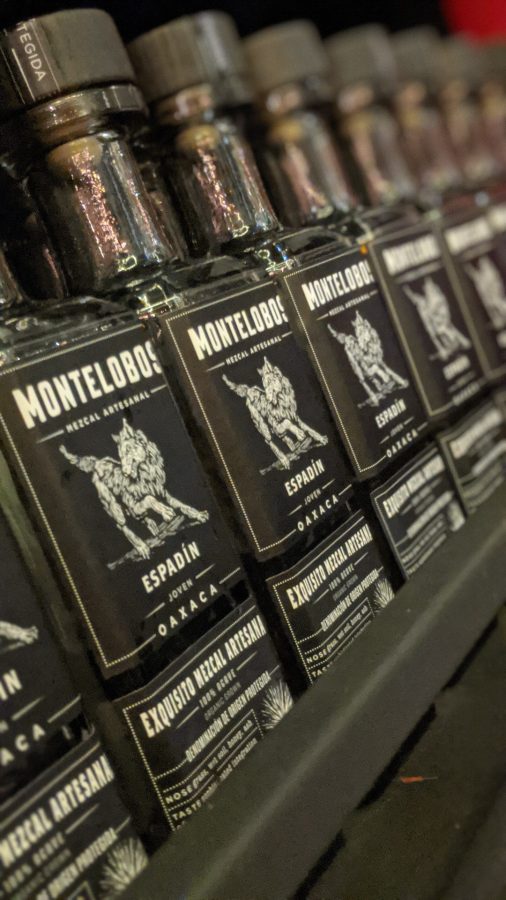
We are thrilled to see mezcal making an entry into Malaysia’s spirits scene. With the space long dominated by whisky, the love of gin brought in a notable disruption in recent years, and now, perhaps mezcal is poised to do much the same. It’s a fantastic and often-underrated spirit that works well both in cocktails and in food pairings. Our recent discovery of Montelobos mezcal at Undisclosed Location gave us the chance to not only explore the diverse spectrum of mezcal flavours, but also to experience its pairing potential, promising a delectable journey for all who appreciate fine spirits and culinary artistry.
Montelobos mezcal is imported by Luen Heng Sdn Bhd. You can buy the bottles from their retail partners or direct from their e-commerce site HERE.
